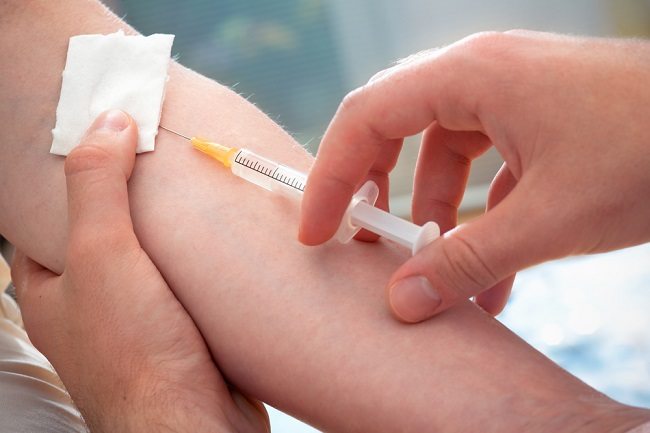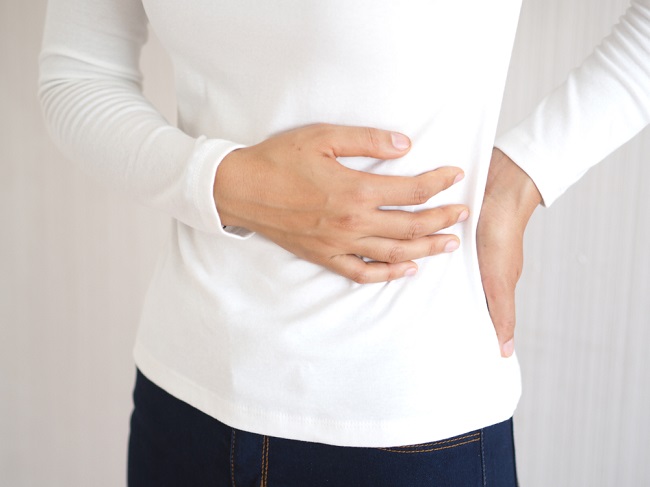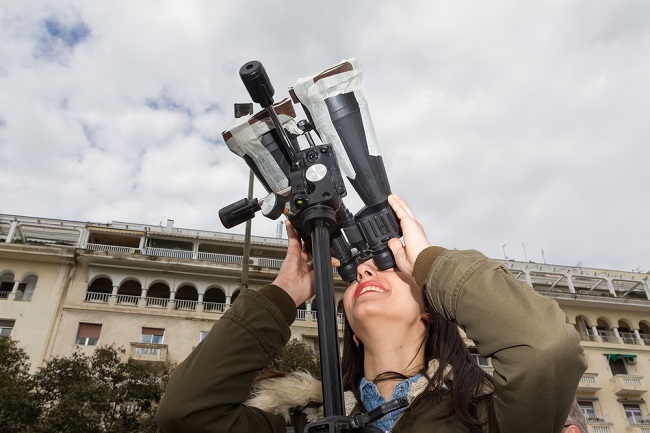At the moment You witnessed a traffic accident in real time, do not panicked and rash in providing assistance. Make sure you are safe first, then ppay attention to the surrounding situation andpossibility giveright help first for the victim.
Actually, first aid for traffic accident victims is generally only temporary. The efforts you give to the victim are solely intended to prevent the victim's condition from getting worse, while waiting for the arrival of medical personnel.

Methods of Helping Traffic Accident Victims
It is important to help others who have had an accident. But before giving help, first pay attention to the condition experienced by the victim.
As a guide, there is a method of helping traffic accident victims, which is called Dr's ABC, which stands for Danger, Responsese, Shout (for help) Airway, Breathing, Circulation. Here are the steps:
- D (danger)Make sure you are in a non-hazardous location and condition. Potential hazards that may still occur are fires, toxic gas leaks, or riots in the community around the incident. Note that first aid is not possible as long as you are at risk of becoming a victim of an accident or aftermath.
- R (responsese)Check the victim's response by tapping her on the shoulder and asking a short question, such as "What's your name?" or “Can you open your eyes?”
- S (shout for help)You are advised to immediately contact the medical team so that the victim is quickly given further assistance. The emergency numbers that can be contacted are 118 to call an ambulance and 112 to contact the police. Provide information regarding the victim's condition, for example whether the victim is bleeding heavily or not, having difficulty breathing or not, responding or not when spoken to.
If possible, you can continue the ABC method to help traffic accident victims, which consists of:
- A (airway)You can seek help by placing your hand under the victim's chin and lifting the chin forward (chin lift) to open the airway. Place your hand on the victim's forehead and push back (head tilt) if the chin maneuver does not help.
- B (breathing)Make sure the victim is really breathing for at least 10 seconds. Check for breathing by looking at the rise and fall of the chest, hearing, and feeling for breath sounds. If the victim is unconscious, but still breathing, turn the body. However, make sure the position of the head, neck and spine remains straight to avoid spinal cord injury. Watch the victim's breathing until the medics arrive.
- C (compresssion)Chest compressions are also known as CPR (cardiopulmonary resuscitation), can be done if there are no visible signs of breathing in the victim and no pulse is found. If the victim is an adult, press your hands on the center of the victim's chest. Press to a depth of about 5-6 cm, firmly and quickly. If the victim is a baby, simply apply pressure with two of your fingers, with not too much pressure. However, you should do this if you really understand how, to prevent the risk of worsening the victim's condition.
Traffic accidents are at risk of happening anytime and anywhere. Knowledge of first aid is very important as a personal provision, both to be used for oneself and to help others. Also, prepare emergency phone numbers in a notebook or save them on your cell phone.









